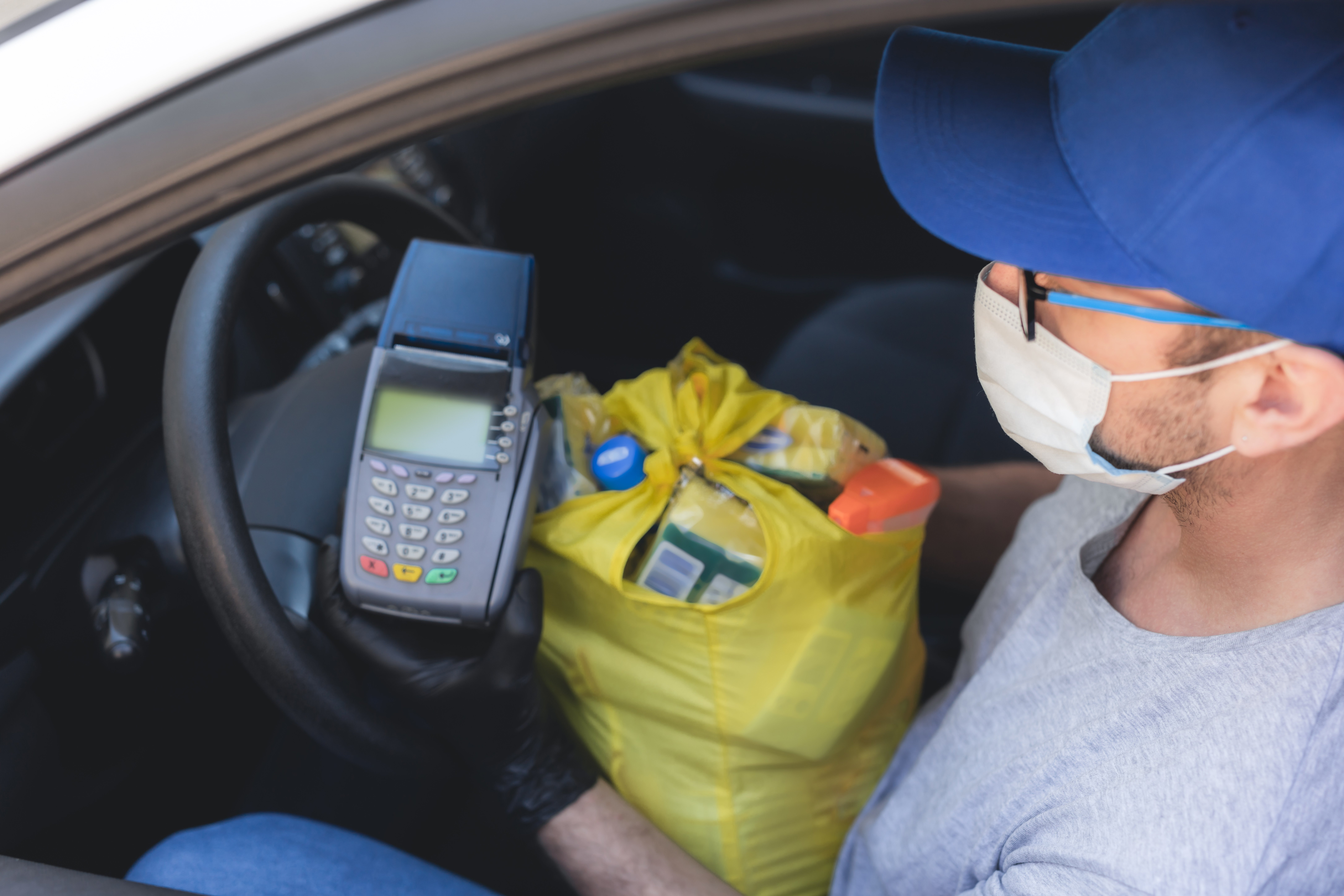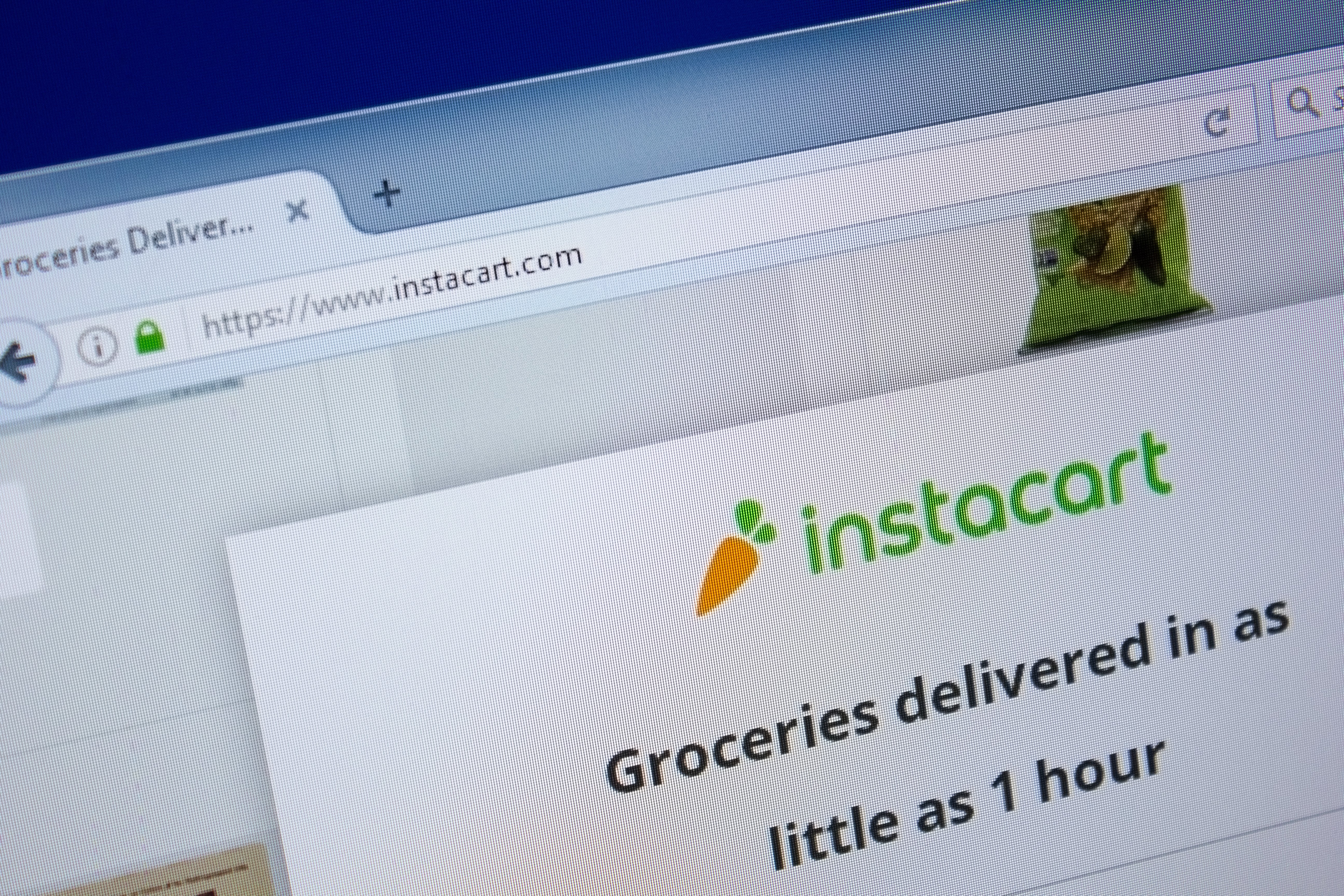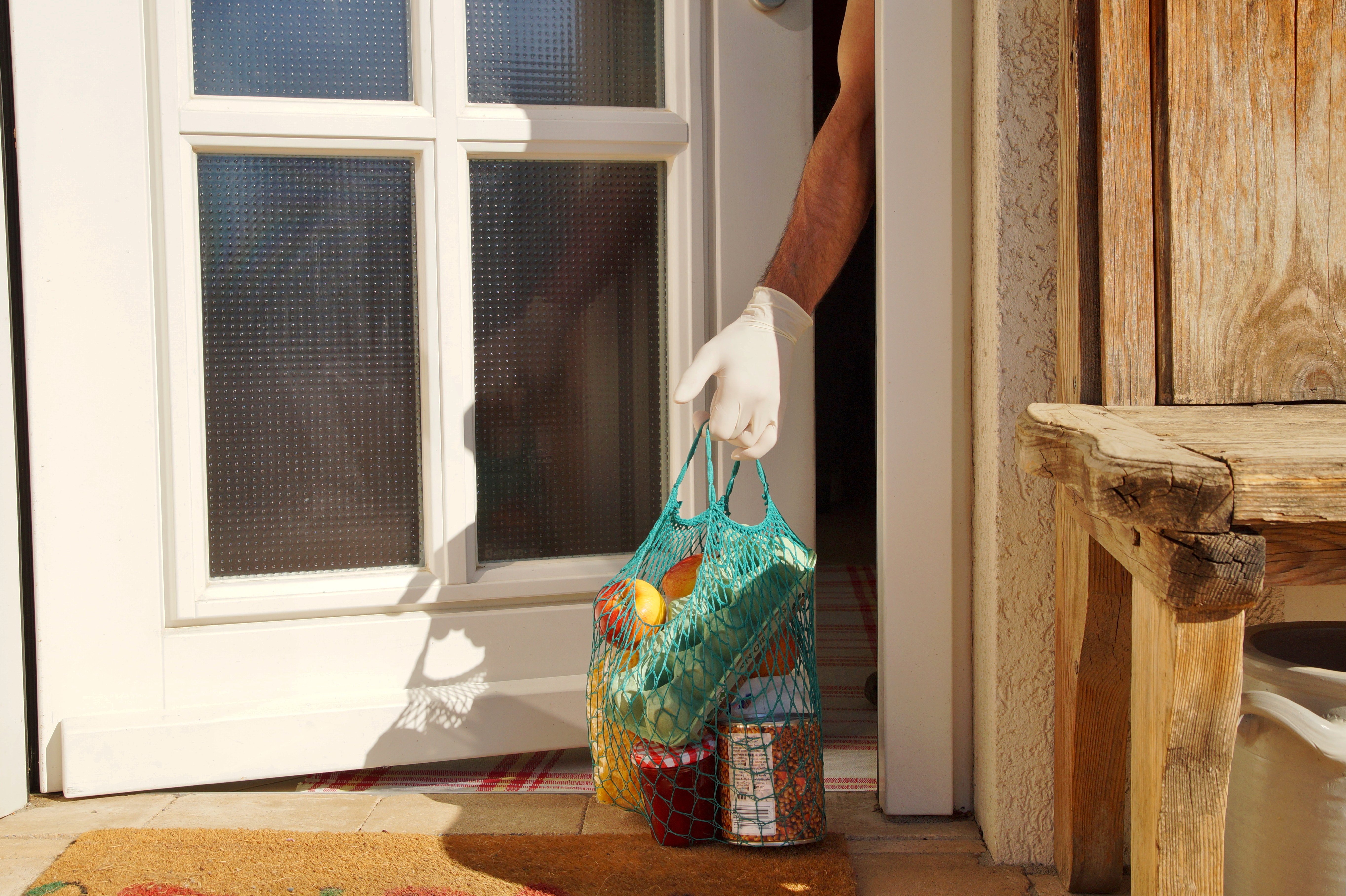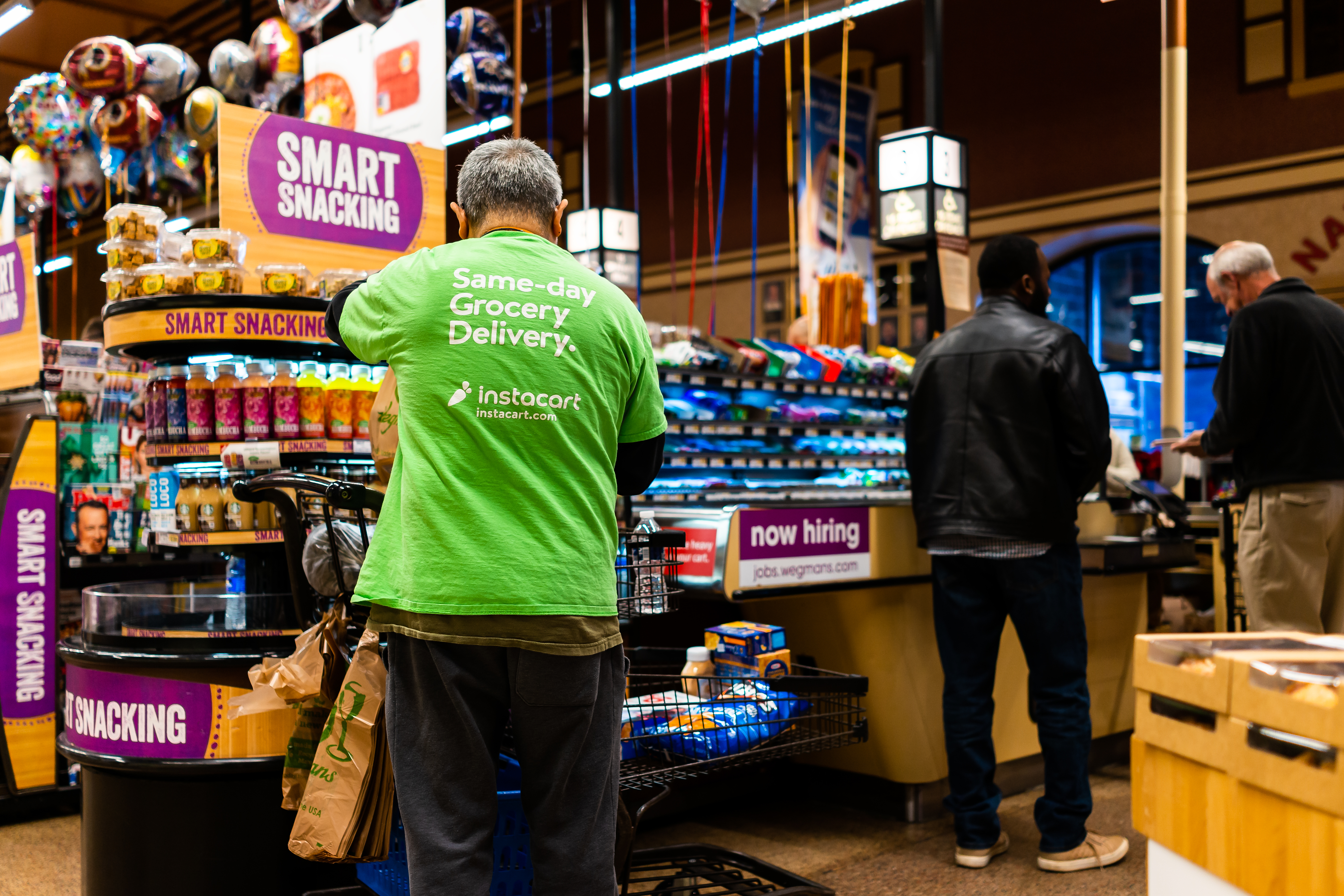Despite feeling like they keep everything in place and static, for the people under lockdown, quarantines are quite dynamic. Measures to address a pandemic, and the way people respond to those measures, change over time and seemingly on a dime. We did not all suddenly shift into pandemic mode and stop evolving and adapting.
There is a personal component to this, of course. For example, I hope I am in the twilight of the binge drinking and eating phase of my quarantine, ideally now pushing into my creative ‘I could write the next great American novel’ phase. So hopefully my alcohol purchases will decline as my coffee spend increases. (Also, I definitely got into and out of HouseParty and Zoom happy hours pretty quickly, and am currently obsessed with online canasta.)
More practically, however, as conditions change, people begin to necessarily adjust their purchasing behavior. We’ve seen this as people stock up on what they perceive to be scarce items (meat may well be next) and as they shift their spending based on continued economic instability. And as delivery capacity increases and consumers avoid in-store spending, they are shifting their grocery shopping patterns.
Today, we will be looking at how customers, according to TrendSource’s recent grocery industry market research survey, have become increasingly reliant on grocery delivery, not just since the pandemic began, but over the last few weeks as well. We will then continue to explore the ways in which delivery providers and grocers are working to increase capacity and efficiency while simultaneously prioritizing employee safety. Finally, we will consider the unique challenges a delivery-dominant grocery model presents to grocers and customers.
Customers Continue Decreasing the Time They Spend In-Store, Increasing Delivery

TrendSource has been running continuous benchmark grocery industry market research surveys to understand these shifting behaviors. Whereas three weeks ago, 41.6% of respondents reported no change to the amount of time they physically spent in grocery stores and only 39.8% percent had actually decreased their time in-store, today those numbers look quite different. Indeed, in our most recent survey, only 18.1% of respondents (-23.5%) have yet to decrease their in-store time, and a staggering 65.2% have now decreased the amount of time they physically spend in grocery stores. That’s quite a change over the course of only three weeks.
Similarly, and more pressingly for today’s topic, three weeks ago, only 7.5% of respondents had increased the amount of money they spend on online grocery orders (curbside pickup and/or delivery); today, that number has increased to 18.1%.
To meet this demand, grocers and delivery providers are deploying new technologies, hiring new employees, and ramping up safety measures.
Instacart Expanding Capacity and Safety for Grocery Delivery
In what has become its perpetual path of expansion, Instacart announced plans this week to hire 250,000 full-service shoppers to its platform. This is in addition to the 300,000 they have already added since the pandemic began, courting displaced employees from heavily impacted fields like hospitality, aviation, and service. Their growth, as we’ve previously detailed, is obviously aimed at increased delivery capacity and efficiency during an unprecedented boom in demand for grocery delivery.
How big of a boom? Well, last week’s order volume on the Instacart platform was 500% greater than the same week last year. Five-hundred percent. And it’s not just new order volume, basket size per order is skyrocketing as well, with a 35% year-over-year increase.
But that’s not all Instacart announced this week. Understanding their responsibility to their labor force, and no doubt recognizing the increased public attention this topic has received, the company additionally unveiled a host of new safety equipment, protocols, and policies aimed at worker safety and comfort.

This was the right move, both ethically and from a market research perspective. Indeed, as we argued last week, companies will face backlash if they are seen to prioritize expansion and profit over the safety of their frontline workers.
This is why Instacart announced these two initiatives together, as if to say, ‘yes, we are expanding, but we are doing so responsibility.’ Or, as their CEO has it: “Overnight, we’ve become a necessity for millions of people. We recognize these are extraordinary times, and we take our responsibility to safely serve shoppers and customers very seriously. We’re focused on continuing to provide safe and flexible earnings opportunities for shoppers, while also making it possible for more families than ever before to access grocery delivery.”
Delivery Still Cannot Meet the Nation’s Grocery Needs, But Is Safer For Employees
Grocery delivery seems like the best option we have in our current moment (more on that later), but it is nowhere near able to meet the nation’s grocery needs.
Seth Harris, who served as Obama’s deputy secretary of labor, understands the system’s limitations, and understands that grocery stores cannot go entirely dark to customers anytime soon. ”We have no choice. They have to stay open. [The grocery] delivery system has not matured to the point where we can switch to an entirely remote system.”
That’s not to say that grocers are not quickly pivoting and doing everything they can. For example, Kroger and Giant Eagle have joined Whole Foods in converting some locations into fulfillment centers, closed entirely off to the shopping public, filled only with employees fulfilling delivery and pickup orders.
This goes a long way to protect employee safety. A dark grocery store can control infection variables much better than one open to customers. This can be achieved through a variety of measures including health screenings to limit infected employees transmitting it to their coworkers, as well as ensuring that everybody in store has proper Personal Protective Equipment (PPE) and is using it correctly. Also, employees buy in to their shared responsibility to keep the store infection free, which protects their jobs and health, and can receive dedicated training to achieve this.
Customers, however, are much more difficult; it is a monumental task to ensure each and every customer is not symptomatic, is wearing proper equipment, and is following best practices. That’s why, according to the president of the United Food and Commercial Workers’ Union, the biggest threat to worker safety right now is unquestionably “careless customers.” Indeed, according to a UFCW survey of its members, 85% said they have observed customers not practicing social distancing in stores.
These concerns, sadly, seemed poised to grow as states relax distancing protocols. It is also worth noting that, unfortunately, a certain segment of the US population has come to view violating social distancing orders as a political statement. We don’t tread into politics in this market research blog, but even if we did, a political identity built around ignoring experts and consequently increasing the risk to frontline employees would still leave us speechless. And since we love balance, we would be remiss if we did not point out another population choosing to ignore guidelines, stubborn and short-sighted California beach-enthusiasts.

We understand, everybody is sick of this quarantine. But there is no question that anybody ignoring social distancing is putting the frontline employees they interact with at greater risk. This is not an opinion, it is a verifiable fact. And for grocery workers, it must be frustrating beyond words.
This increasing opposition and apathy comes as states like Michigan are adding further restrictions aimed at protecting shoppers and employees at brick & mortar locations, and grocers like Kroger continue to roll out new safety procedures to protect their employees. It feels like we may be hitting a tipping point soon.
Grocery Industry Market Research: Delivery-Dominant Grocery Stores Raise Concerns
Even if the delivery system can expand to meet surging demand, switching to a delivery dominant or exclusive model is not a silver bullet, and will present its own unique challenges.
First, it may seem obvious but it isn’t something we’ve heard many people talking about lately: It takes way more in-store employees to operate a digital-only grocery store. This is because traditional grocery stores rely on customers to locate, assemble, and carry out their own groceries whereas digital orders require a devoted picker to assemble a customer’s order for them.
Grocery stores that are closed to customers will require higher employee density, which is problematic under coronavirus, but still likely less risky than a sales floor open to customers. Risk aside, from a labor perspective, more in-store jobs is great news for workers who were already in danger of being obviated by frictionless checkout and other impending technologies.

But paying the increased payroll will cut even further into grocer’s razor-thin margins.
Grocers are already experiencing this first-hand owing to hazard and sick pay on their books, which is likely offsetting any profit bump from the recent quarantine shopping surges.
Look, even under normal conditions grocery delivery is really tough. This is why it took an Amazon-level team with Amazon-level resources to even begin to solve the grocery delivery puzzle--it was already a really complicated proposition before the pandemic began. And it’s also why Trader Joe steadfastly refuses to go digital.
Until delivery can be made cheaper through technological advancements (ranging from improved algorithms for efficiency all the way to drones and self-driving cars), the increased labor that delivery and curbside pickup require will have to be accounted for; whether that means increased costs for the end user or an reconfiguring of grocery margins, that money will have to come from somewhere.
And then there are concerns about the ways a digital-dominant grocery model may present unique challenges for lower income households, who may not be in a position to pay additional costs and service charges for delivery, may lack the technology to place digital orders, and may lack the credit card necessary to pay for it. Similar objections have been raised around Amazon Go Grocery, and it is something grocers will have to figure out moving forward. Any system, particularly during an economic recession, that leaves behind unemployed and underbanked individuals is simply not good enough.
These concerns will be difficult to address, but not impossible. As the omnichannel lines continue to blur, grocers will encounter new challenges but also new opportunities to expand market share and add operational efficiency.
And now I am off to start work on what will hopefully be the next great American novel.


